The Pilates Dilemma - 'What's in a Name?'
A look at Pilates' origins, evolution, and the growing debate over how the title is used in today’s fitness landscape.
Something that has been bubbling away in the Pilates world for many years, and now rising to the surface once again due to the influx of studio reformer sessions popping up across the country, is that age-old question of ‘what does and what doesn’t constitute the title Pilates’.
As the saying suggests, the name we give something doesn’t define the essence or quality of something; it’s merely a label. But is Pilates merely a label? Or does the name and quality of what is being delivered under that name matter? The Pilates community certainly believes the latter. This article takes a deeper look at that growing debate…
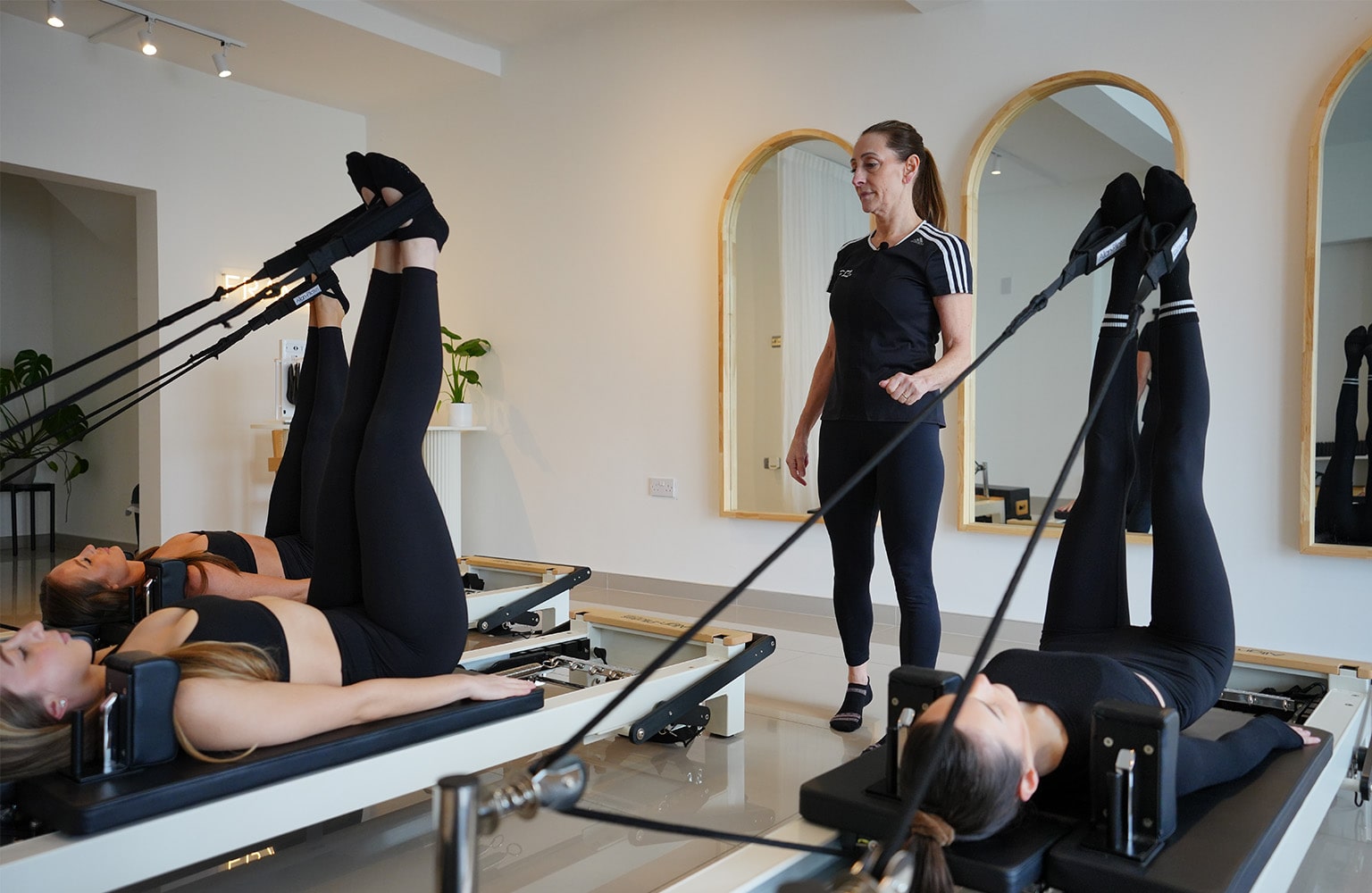
In the year 2000, a long battle and lawsuit attempting to trademark use of the name ‘Pilates’ came to an end. As a reminder, trademarks are used to protect brand names associated with goods and services. The outcome of the ruling was that Pilates was an ‘exercise method’ and as such, could not be trademarked (Howard Steel. 2020).
In the Pilates community, the terms ‘classical’ and ‘contemporary’ are sometimes used to differentiate between interpretations and styles. Both approaches refer to those who have trained in the full Pilates system and have used all the Pilates equipment, including the reformer, Cadillac/tower, chairs, ladder barrel, spine corrector and various other pieces of apparatus. To offer an overly simplified definition of these terms:
Classical usually refers to those who follow the original exercises more closely with an apprenticeship approach to training that takes several years to complete.
As one classically trained teacher I spoke with suggests “All students need to test out prior to even being accepted on the course. They need to have completed 75 hours of private sessions with the tutor and have a one-hour practical assessment where they perform intermediate reformer and mat within an hour”.
Contemporary usually refers to those who use more modifications in practice and offer a different approach to training, including modular training delivering different parts of the full system. Contemporary schools may require a range of pre requisites on entry, but access to these programmes is less strict than classical schools.
Another factor affecting the ‘naming’ issue is the uptake of Pilates, specifically the matwork, and more recently, reformer teacher training in the health and fitness industry. This has resulted in several other variations and styles, including some branded names using the label Pilates to describe their products and services.
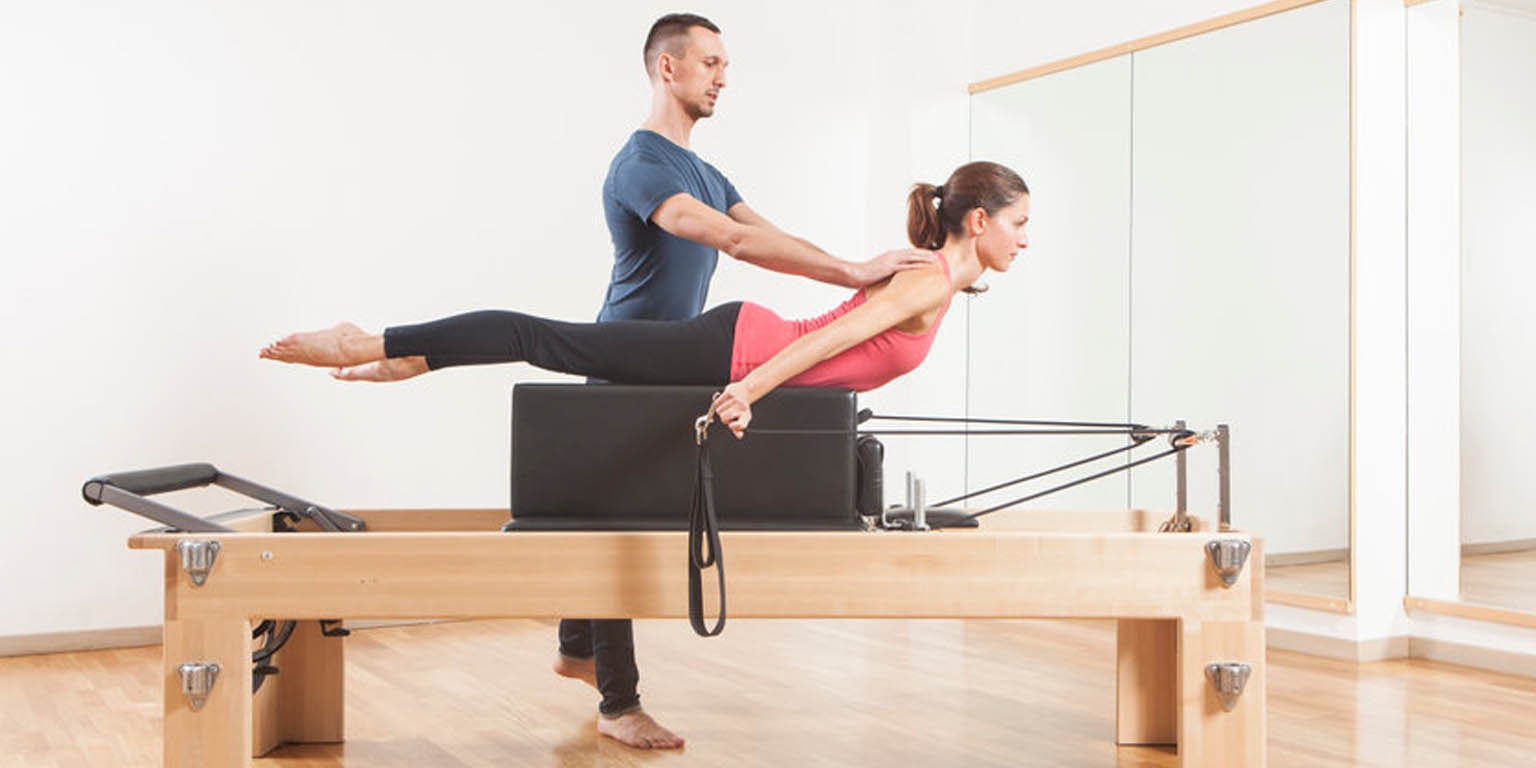
As most Pilates instructors know, Pilates was named after its ‘creator’ Joseph Pilates, who originally named this approach ‘Contrology’. Our in-depth guide on the history and origins of Pilates provides further context on Joseph Pilates’ life and the development of the Contrology method.
Some may even be aware that Pilates not only includes 34 mat-based exercises published in Joseph’s book ‘Return To Life Through Contrology’, but also over 500 other exercises using various types of apparatus. However, what many understand less, is that Pilates was created to work as a full and complete ‘system’ – mat and all apparatus.
The matwork is the smallest and hardest part of the system (when practiced in its original form as a continuous flow, moving from one exercise to the next with a specific number of repetitions of each exercise). The various pieces of apparatus were (and still are in Pilates) used to support individuals as they work towards the mat repertoire (the pinnacle of practice).
The key message being ‘If someone isn’t ready, take them somewhere else in the system’ using the apparatus to support them. Somewhere, this message has been lost, yet the Pilates community hold this value as underpinning the integrity of Pilates. So, what happened?
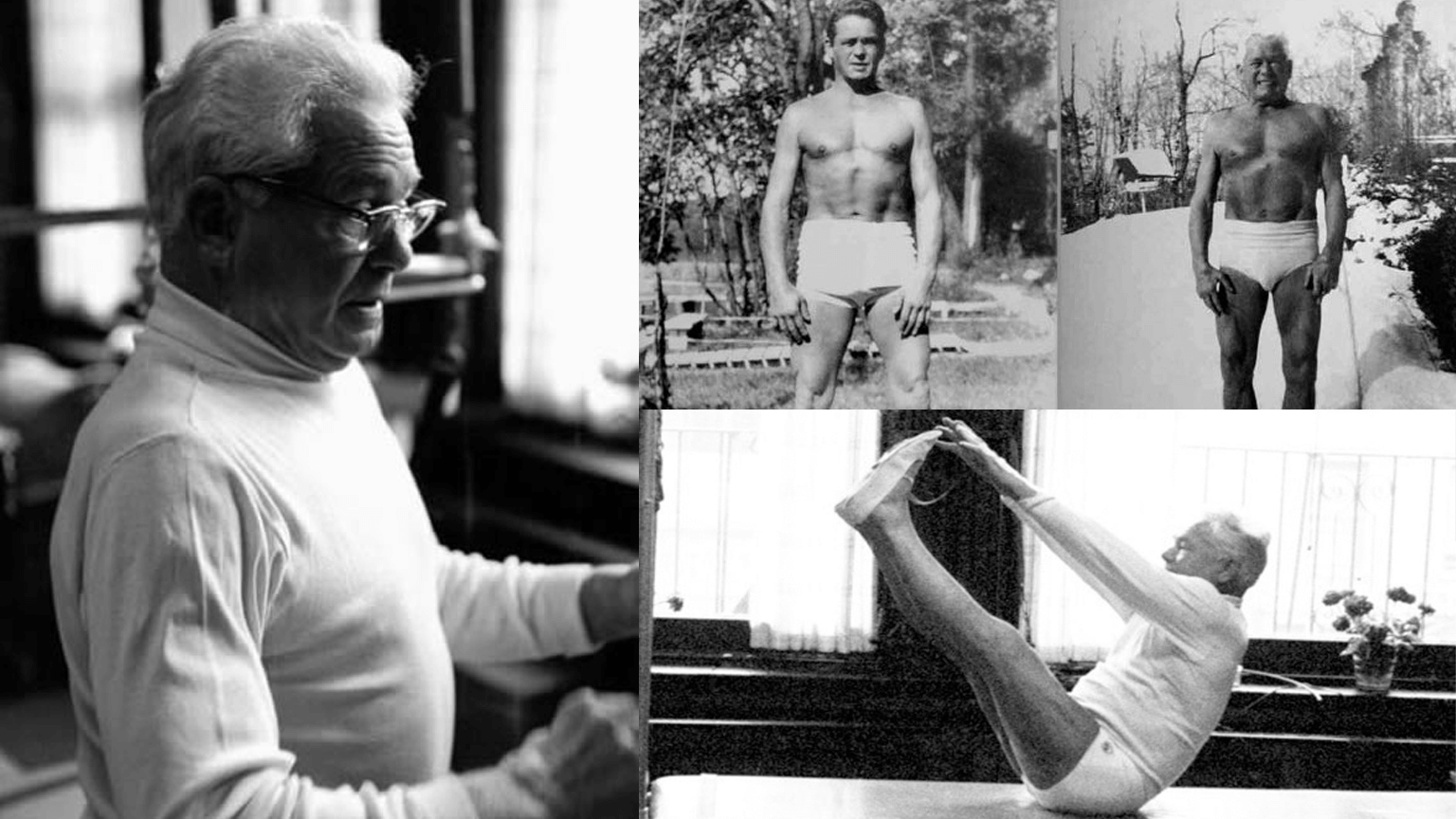
Pilates arrived in the UK (circa 1970s) via Alan Herdman who trained in the late 1960’s with two first-generation elders Carola Trier and Robert (Bob) Fitzgerald. The term ‘first-generation elders’ describes those who trained directly with Joseph Pilates himself.
Alan went on to train several other well respected UK teachers in the full Pilates system (all apparatus) including Dreas Reyneke, Michael King and Gordon Thompson. During the 1990s, ‘Pilates’ matwork gained popularity in the UK and by the end of the 2000s, the first UK standards for Pilates matwork were created by Skills Active (the sector skills council of that time). This resulted the first regulated Level 3 Matwork Pilates qualification being developed by Central YMCA Qualifications, CYQ, who are now YMCA Awards.
NB: Regulated qualifications are those listed on the ‘regulated qualification framework’ (e.g., RQF) overseen by Ofqual.
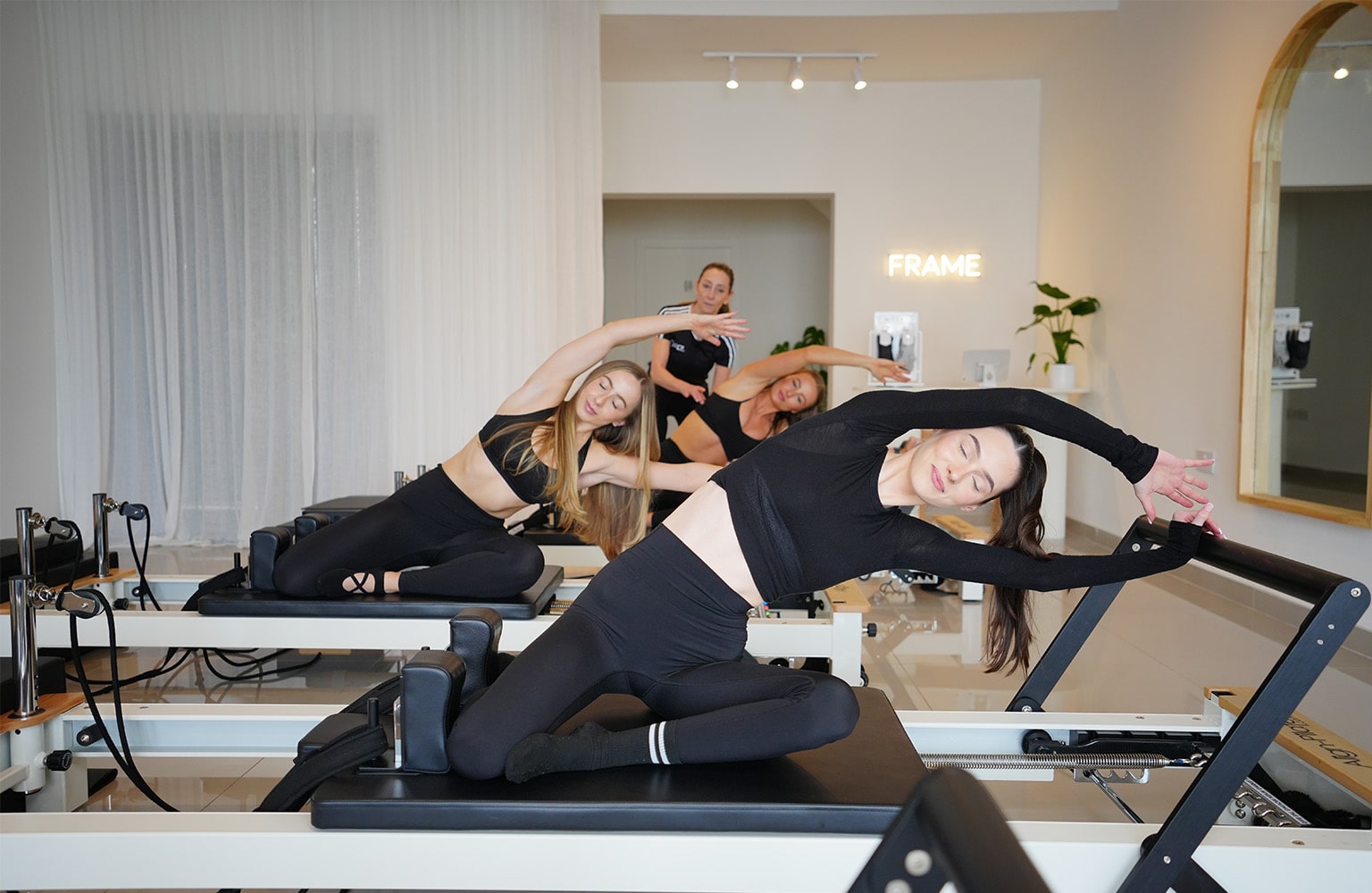
The consequence of these developments is that the most commonly practiced element of the Pilates method performed in the UK is, and has been, the matwork system (the pinnacle of the exercise system). To meet the needs of those who attend group Pilates sessions, and without the use of large pieces of studio apparatus, the original 34 matwork exercises have in many instances been excluded, modified, or supported with the use of smaller studio equipment, (e.g., the magic circle and balls) to assist participants performing them.
As one classically trained Pilates teacher I spoke with suggests, “the problem is that the magic circle is often used more like a Bullworker, but it is not! It is about pushing to find the opposing muscle lengthen whilst gaining the powerhouse (abs) to continue with the exercise”.
In the Pilates community, the controversial issue relates to the ‘modification’ of the original Contrology exercises and system. On the one hand, this modification may be essential and appropriate to meet the individual needs and capabilities of many participants, especially when working in a larger group setting. On the other hand, however, it does not reflect the Pilates system and how it was intended to be practiced (there is no large apparatus used). Many argue, therefore, that it should not be named Pilates.
As one classically and contemporary trained Pilates teacher stated “Modifying exercises (although we all do it) is not how Pilates is taught. It is about building up to the exercise (the Contrology exercises) through either the system (large apparatus) and/or use of pre-Pilates, the latter which is more of a modern twist. Some contemporary approaches use lots of prep exercises; some are beneficial, but others are sometimes more about selling kit”.
What is of more concern, is that there are becoming greater instances where sessions labelled as Pilates appear to be more like general body conditioning classes, containing a random mixture of exercises – some Contrology, some modifications, some general legs, bums, and tums exercises, with high repetitions and without any flow or sequence. More recently, the reformer boom that is sweeping the health and fitness industry has added to these concerns.
As Lee Cain, Managing Director here at HFE put it, “sessions are being labelled reformer Pilates when effectively, they are body conditioning sessions with springs and a carriage. We might as well use a skateboard and some resistance bands and be done with it.”
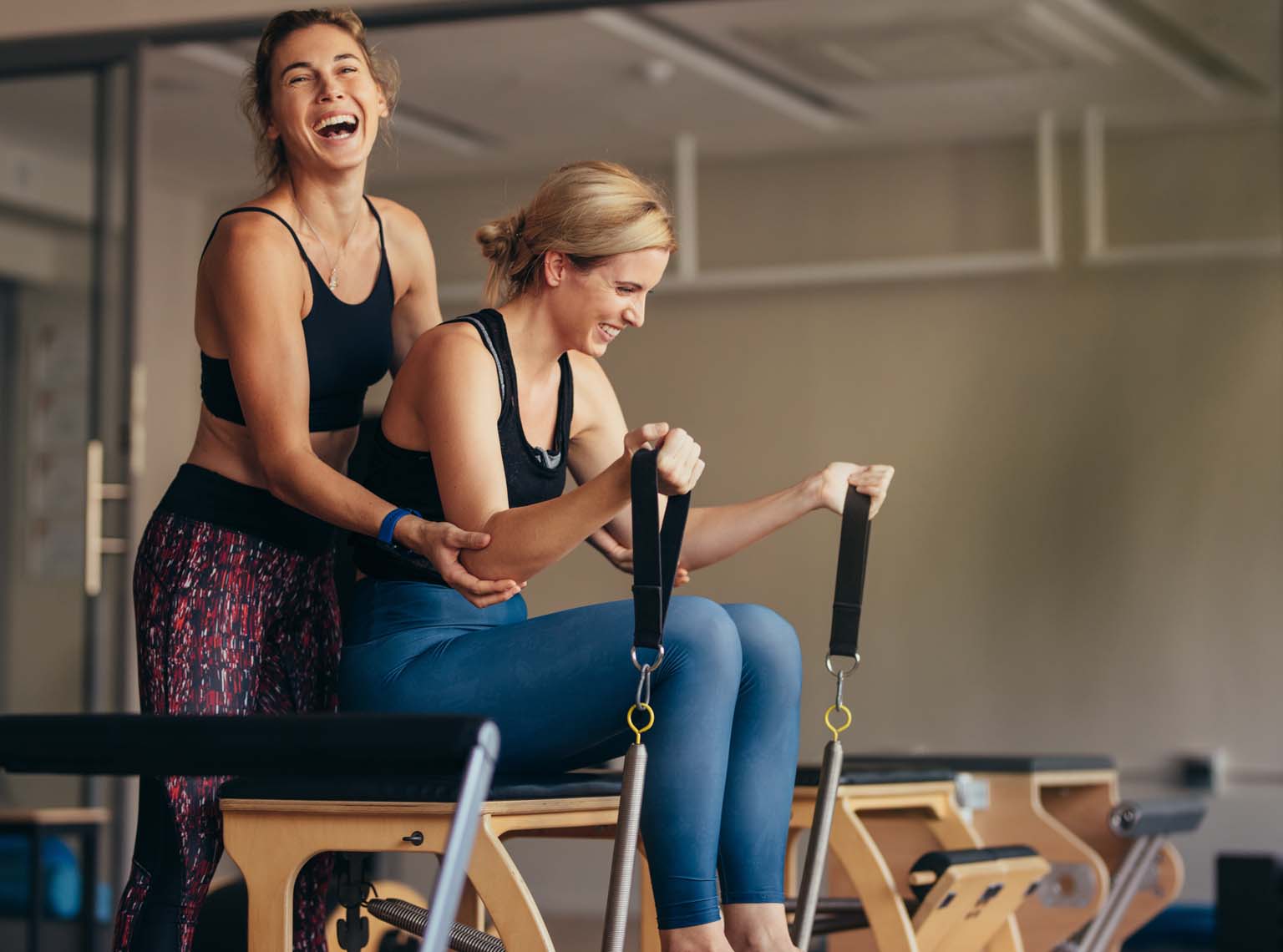
Advocates for classical Pilates, Lewitt and McPherson (2024) indicate that ‘comprehensive Pilates requires an individually tailored approach, which is linked to the lineage of the practitioner’. They suggest, for an exercise modality to use the label ‘Pilates’, two key questions should be asked:
Based on the answers to those questions, their recommendations include use of the following terms:
If exercises are not Pilates-based and bear no resemblance to the method, then this is not Pilates and sessions should be labelled differently. They share the following flowchart to support this suggested differentiation.
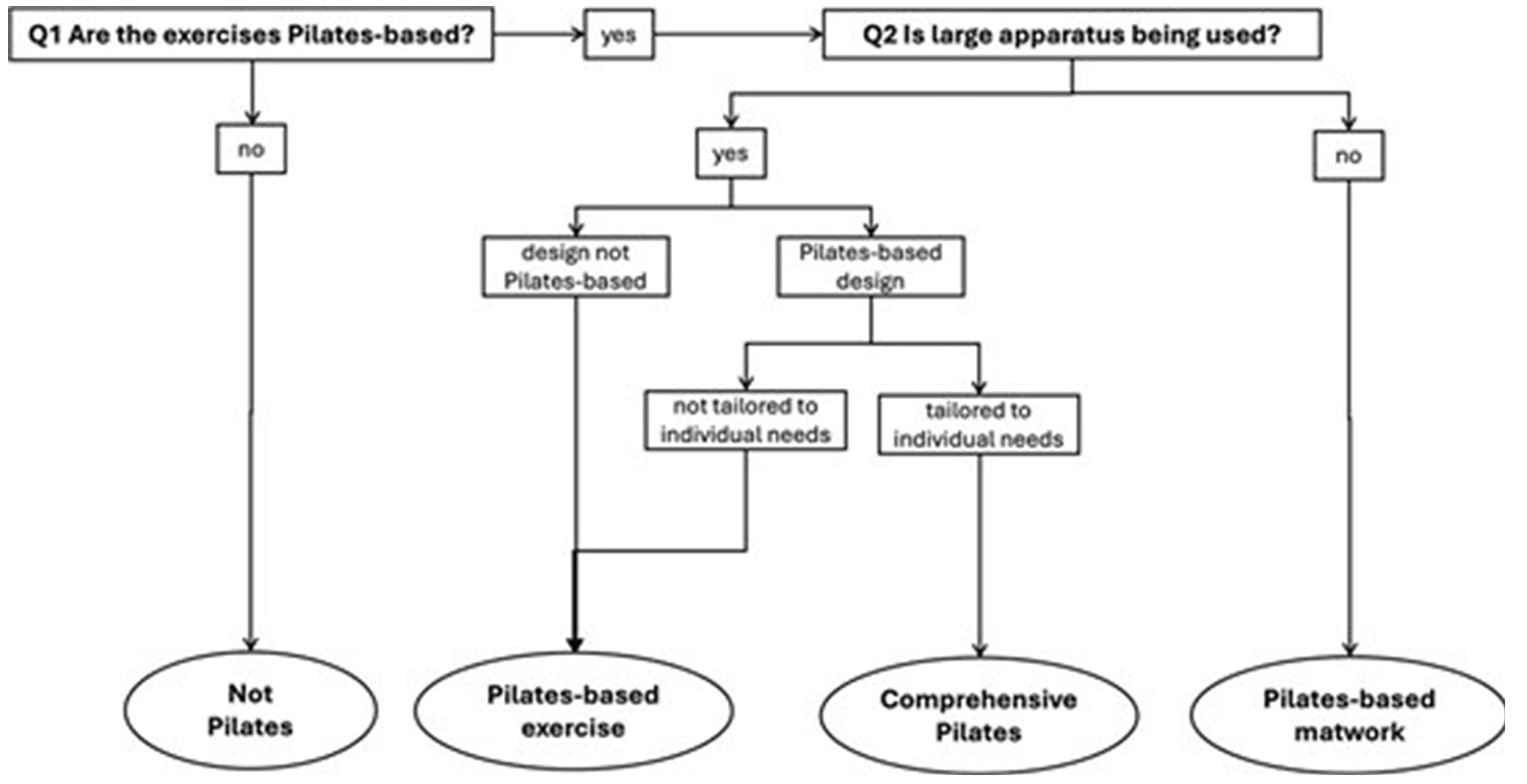
Figure 1: Definitions: recommended flow chart for services labelled ‘Pilates’.
NB: The term comprehensive Pilates is sometimes used to describe the classical approach.
Pilates is a full system – mat and apparatus – and the guidance should be ‘If someone isn’t ready, take them somewhere else in the system’. The availability of modular trainings and qualifications as an alternative to the apprenticeship learning approach has enabled a more ‘accessible’ way to learn different parts of the system, and this has increased public interest and appetite, which is something to be celebrated.
However, this has arguably fragmented understanding of the method and given rise to a range of sessions, some that bear no resemblance to the traditional style of Pilates.
While there is absolutely space for different approaches, styles, and diversity, it is essential that the integrity of the system is understood and that the name ‘Pilates’ is used with respect for that system.
Everyone knows what to expect when they go to a Zumba™ class or a Les Mills Body Pump™ or Studio Strength ® class. They are all rightly trademarked. So, is it time to revisit the trademark approach or do we simply need to develop a greater understanding and some integrity to identify, honour and clarify the differences and nuances in styles? Maybe we need to rename and relabel these alternatives to better support understanding for the public, employers and indeed trainee teachers who are investing their time and money in training to develop their careers.
1/ Hannon, B (2019) The Lawsuit that freed Pilates. Accessed on 25/06/2025;
available from: https://pilateslessons.org/the-lawsuit-that-freed-pilates/amp/
2/ Howard Steel, J. (2020) Caged Lion. Joseph Pilates and His Legacy. USA: Last Leaf Publications.
3/ Lewitt, M. S and McPherson, L.A (2024) Pilates’ in 2024: Useful Clinical Tool or Commercial Catchphrase? Accessed on 23/06/2025; available from: https://www.heraldopenaccess.us/openaccess/pilates-in-2024-useful-clinical-tool-or-commercial-catchphrase
4/ Pilates, J. and Miller, W. J. (1945) Return to life through Contrology. USA: J.J. Augustin. Republished in 1998, USA: Presentation Dynamics.
5/ Pilates, J. (1934) Your Health. USA: Joseph H Pilates. Republished in 1998-2008, USA: Presentation Dynamics.
6/ Pilates Anytime (2024) Alan Herdman. Accessed on 20/6/24, available from: https://www.pilatesanytime.com/instructor-bio/91/Alan-Herdman-Pilates-Teacher
7/ Pilates Andrea (2015) ‘Pre-Pilates’ Exercises: What are they and who does them? Accessed on 23/06/25; available from: https://pilatesandrea.com/pre-pilates-exercises-what-are-they-and-who-does-them/
Back to articlesStep inside the world of Pilates
Great news, you're on the list...